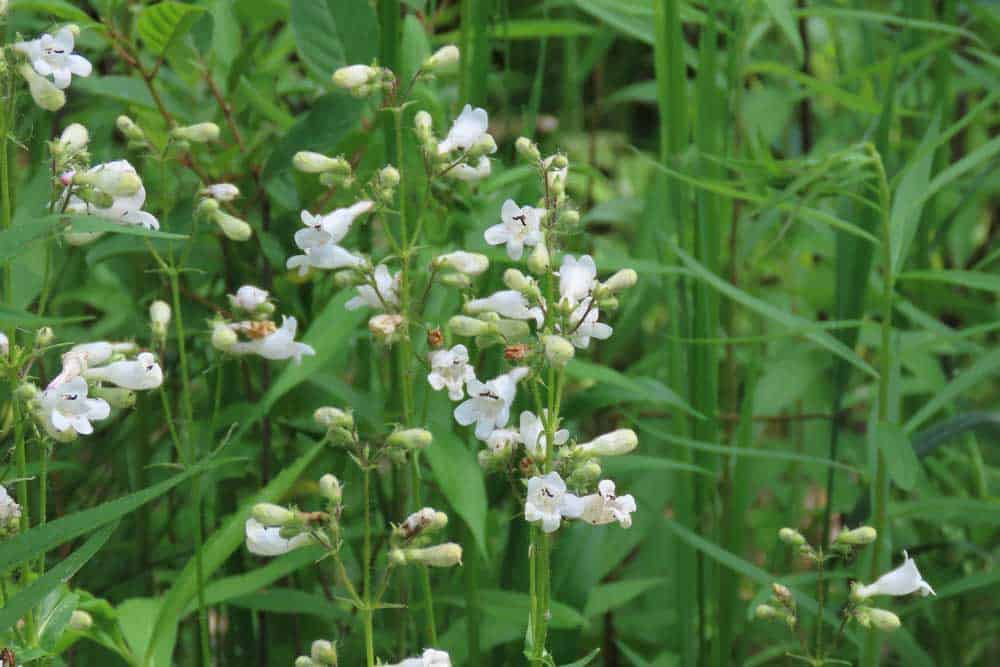Did you know that the typical American lawn is responsible for around two-thirds of the average homeowner’s water bill? And that most locally evolved plants do not need supplemental water after becoming established? Beside their contribution to wildlife and healthy ecosystems, gardens that include native plants can save a ton on utility bills and eliminate a lot of time-consuming and expensive maintenance.

That’s why drought-tolerant plants are becoming increasingly popular in both eco-friendly gardens and in landscapes where the primary goal is to conserve water. These resilient plants have adapted to survive in dry conditions, making them ideal choices for regions prone to drought or for gardeners looking to reduce their environmental impact. Selecting native drought-tolerant species supports local biodiversity while creating a beautiful, sustainable landscape that can thrive with minimal irrigation.
Top Native Drought-Tolerant Plants
Here are some top native drought-tolerant plants to consider for your garden:
- Coneflower (Echinacea spp.): These hardy perennials feature striking purple or pink flowers that attract pollinators. Coneflowers are self-sowing and thrive in well-drained soil with minimal upkeep.
- Yarrow (Achillea millefolium): Yarrow produces clusters of tiny flowers in shades of yellow, pink, or red. This low-maintenance plant is extremely drought-tolerant and attracts butterflies.
- Penstemon (Penstemon spp.): Also known as beardtongue, penstemon boasts spikes of tubular flowers that hummingbirds love. It’s a great choice for dry, sunny areas and can help prevent erosion.
- Black-Eyed Susan (Rudbeckia spp.): These cheerful yellow flowers with dark centers bloom profusely from summer to fall. Black-eyed Susans are easy to grow, tolerate poor soil, and require little water once established.
- Salvia (Salvia spp.): Many salvia species, such as S. greggii and S. nemorosa, are drought-tolerant and feature spikes of vibrant flowers that attract hummingbirds and butterflies. They thrive in full sun and well-drained soil.
- Blanket Flower (Gaillardia spp.): Blanket flowers produce a profusion of bright, daisy-like blooms in shades of yellow, orange, and red. They are heat and drought-tolerant, making them ideal for dry, sunny locations.
- Sedum (Sedum spp.): These succulent plants come in a variety of shapes and sizes, offering interesting foliage and star-shaped flowers. Sedums are extremely drought-tolerant and thrive in poor, well-drained soil.
- Agastache (Agastache spp.): Also known as hummingbird mint, agastache produces spikes of fragrant flowers in shades of purple, pink, or orange. It’s drought-tolerant, attracts pollinators, and thrives in dry, sunny areas.
- Prairie Dropseed (Sporobolus heterolepis): This native ornamental grass forms attractive clumps with fine, arching foliage. Prairie dropseed is drought-tolerant, low-maintenance, and provides excellent texture in the garden.
- Butterfly Weed (Asclepias tuberosa): Butterfly weed is a native milkweed species that features clusters of bright orange flowers. It’s drought-tolerant, attracts monarch butterflies, and thrives in sunny, well-drained locations.
By incorporating these native drought-tolerant plants into your garden, you can create a beautiful, sustainable landscape that supports local biodiversity while conserving water resources.

Designing with Drought-Tolerant Plants
When designing your garden with drought-tolerant plants, consider the following tips:
- Group plants with similar water needs together to ensure they receive the appropriate amount of irrigation.
- Plant with higher density of plants rather than by using mulch to do all the work. “Green mulch” can help retain soil moisture, reduce evaporation, and suppress weeds just as effectively as commercial mulch products.
- Incorporate hardscaping elements like gravel pathways, stone patios, and decorative rocks to reduce water needs and maintenance.
- Create microclimates within your garden that cater to the specific needs of various plants, such as shaded spots for more delicate species.
By strategically planning your garden layout and utilizing these techniques, you can create a beautiful, low-maintenance landscape that thrives in dry conditions while conserving water resources.
Benefits of Sustainable Gardening
Embracing drought-tolerant native plants in your garden offers numerous benefits beyond just water conservation. These plants are adapted to local environmental conditions, requiring less fertilizer and pesticides, which reduces pollution and supports a healthier ecosystem. Additionally, native plants provide essential food and shelter for local wildlife, promoting biodiversity and creating a more sustainable landscape that benefits both your garden and the environment as a whole.
Header image credit: “black-eyed susan – desktop background wallpaper” by (matt) is licensed under CC BY-ND 2.0.
